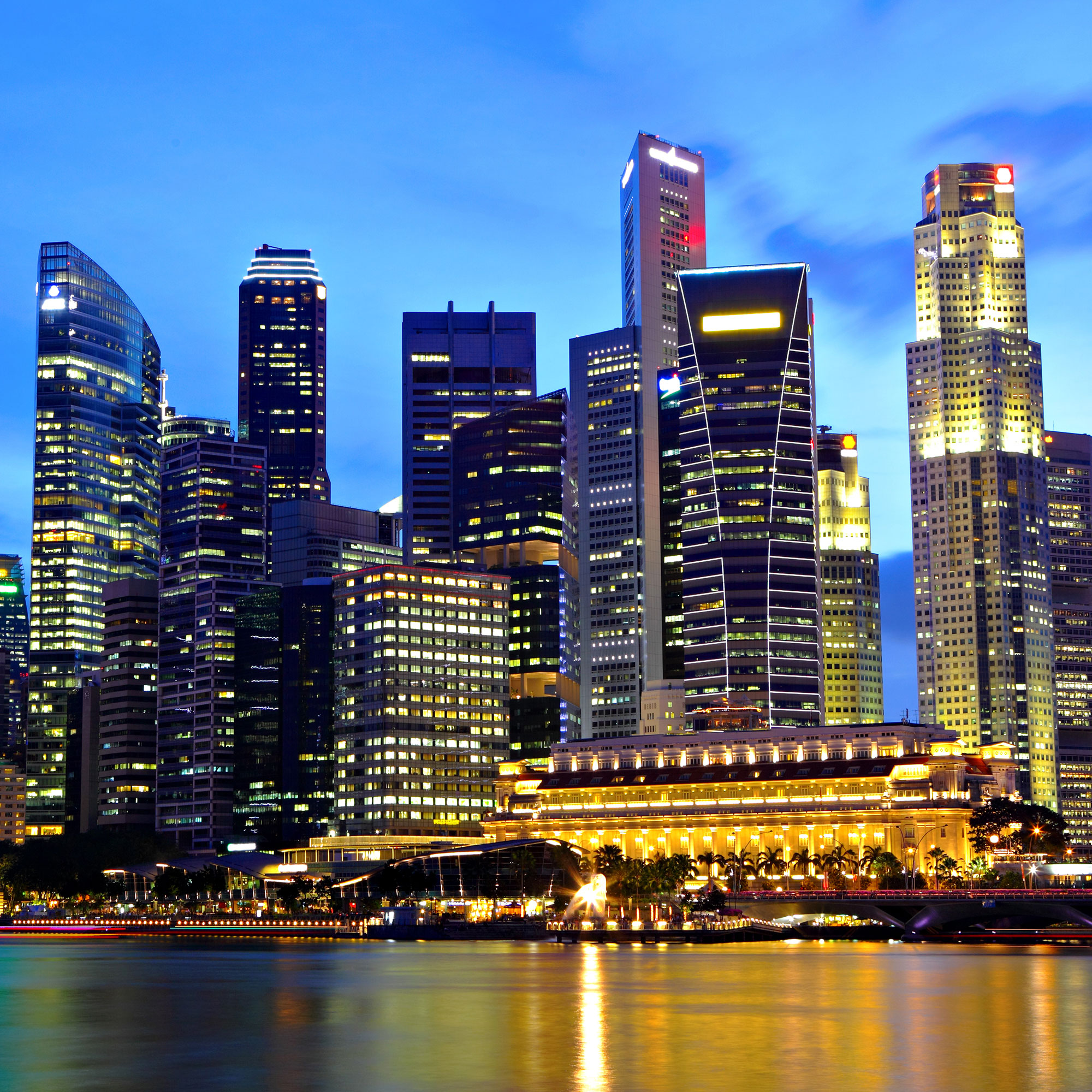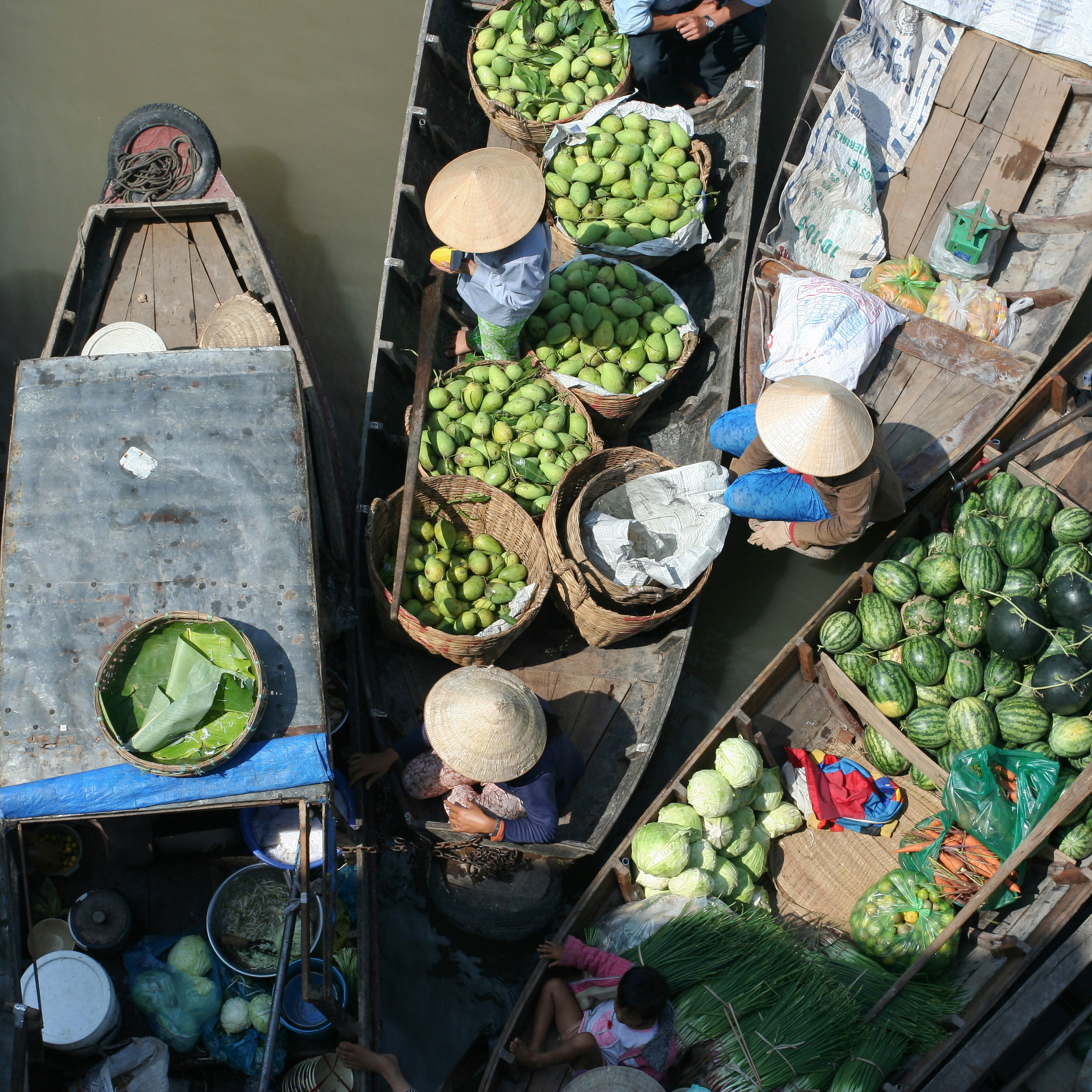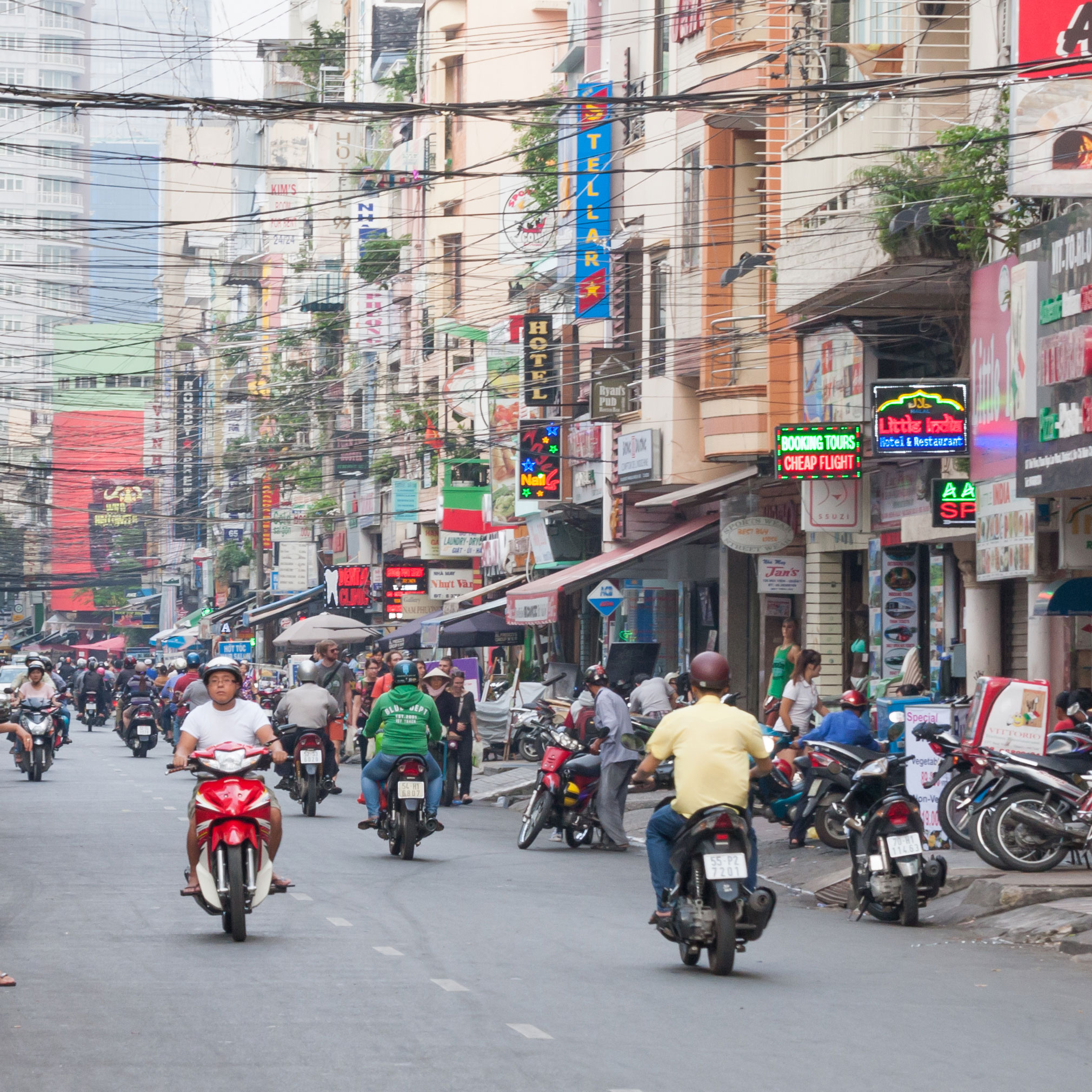Many of these countries have rich histories of dynastic and shogunate political leadership that were greatly disrupted by significant revolutions, such as the 1898 revolution against the Tokugawa shogunate and the Chinese Revolution of 1911. These upheavals led to the rise and flourishing of communism, a direct rejection of autocratic rule, and contributed to a surge in followers of Buddhism and Islam. While some areas, like the Philippines in Southeast Asia, have experienced growth in Christianity, the majority of East Asia remains cautious.
Global Fellowship is dedicated to overcoming these historical barriers and bringing the healing message of the Gospel to a region still associating Christianity with conquest. This task is challenging yet presents a restorative opportunity. In the past two decades, we have seen encouraging signs of growth. Studies indicate that the estimated 350 million Christians in East Asia will grow to 460 million by 2025. These burgeoning Christian communities, scattered across East Asia, need leaders to encourage others to reconsider their perceptions of Christianity.
Our commitment at Global Fellowship is to foster reconciliation and understanding through the Gospel, respecting the diverse cultural and historical landscape of East Asia. Despite the historical challenges, we see a promising future where the Gospel transforms lives and communities across this vast and varied region.






East Asia
East Asia, encompassing countries like China, Japan, South Korea, and others, holds a complex history marked by dynastic shifts, the rise of communism, and a blend of Buddhism and Islam. This region, home to over 30% of the Earth's land and 60% of its population, has witnessed the slow embrace of Christianity, often viewed through the lens of past European colonialism.
Global Fellowship is committed to overcoming these historical barriers, bringing the healing message of the Gospel to a region still associating Christianity with conquest. Despite these challenges, there's promising growth: Christianity, currently embraced by 350 million Asians, is expected to reach 460 million by 2025. These burgeoning Christian communities, scattered across East Asia, present a vital opportunity for leadership and spiritual growth.
At Global Fellowship, we recognize the unique chance to foster reconciliation and understanding through the Gospel, respecting the diverse cultural and historical landscape of East Asia.




